Market Indicators: The Best-Kept Secret to More Effective Trading and Investing
$16.22
| Author(s) | |
|---|---|
| Format |
|
| Pages |
257 |
| Publication Year |
2009 |
Market Indicators introduces the many key indicators used by professional traders and investors every day. Having stood the test of time, these indicators will alert the trader to market situations that offer the best chance to trade profitably. Richard Sipley is a portfolio manager for Boston Private Bank and Trust Company, responsible for trading millions of dollars of assets. Sipley uses these indicators every day in his trading and investing, and he draws on that experience to explain what they are, how they work, and how to use them.
Introduction:
SOME PEOPLE SUGGEST that investing is a form of gambling, complaining that they can do as well playing the Pick-3 lotto or betting on roulette. Nothing could be further from the truth. In Las Vegas, the house always has the edge. In the stock market, you can have the edge, if you wait until conditions are right. Only poker, in which individuals compete to outwit each other, really compares to investing. At its most basic, poker is about making decisions based on imperfect and incomplete information. Players each hold a few cards that only they can see. Every other player must make educated guesses about who holds what. No one knows which card will be dealt next.
An ability to read other players is the skill that sets master poker players apart. The best poker players notice that the man with the loud shirt plays conservatively; if he bets aggressively, it’s likely he has a really good hand. They see that the player in the corner plays with her chips when she’s bluffing. In poker, these are known as tells, signals that give observant competitors slightly better odds and help them win more often over the course of many games. That’s the goal of this book. It will describe a variety of signs, or tells, that many market professionals consider. These signs don’t replace good, old-fashioned homework—but they will enhance your ability to make better stock decisions over time.
Contents:
- Clues from the Options Market
- Big Money on the Move
- Fast Money on the Move
- Follow the Money: Cash, Debt, and Shorts
- Too Far, Too Fast
- Relative Value
- Sentiment Surveys
- Analyzing the Analysts
- Reporting the Financial News, Gauging the Investor’s Psyche
- Sitting and Watching
- The Insiders
- Looking to the Futures
- Giving Credit to the Bond Market
- Money In, Money Out (IPOs, Secondaries, Mergers, Buybacks, and Dividends)
- Tracking the Trailblazers
Market Indicators: The Best-Kept Secret to More Effective Trading and Investing By Richard Sipley pdf
9 reviews for Market Indicators: The Best-Kept Secret to More Effective Trading and Investing
Clear filtersOnly logged in customers who have purchased this product may leave a review.

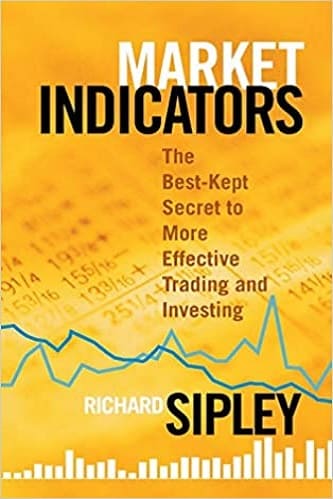


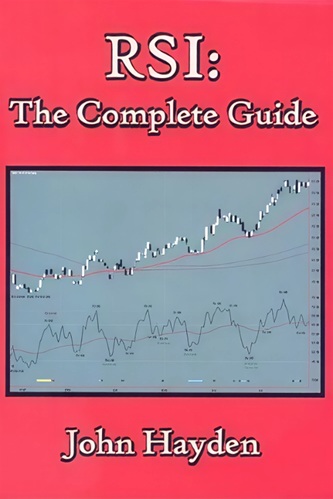
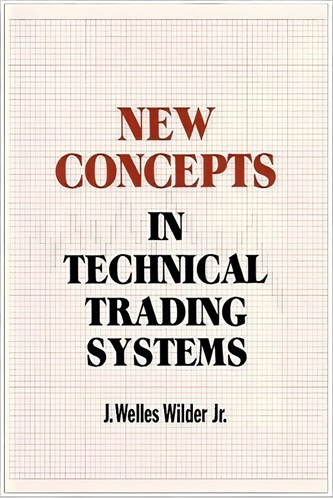

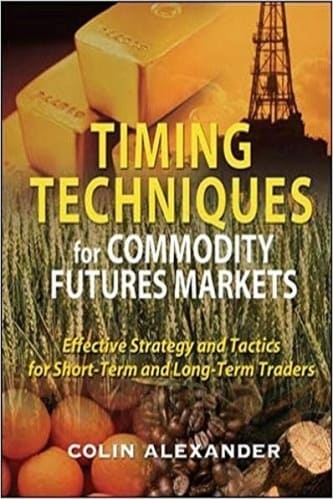
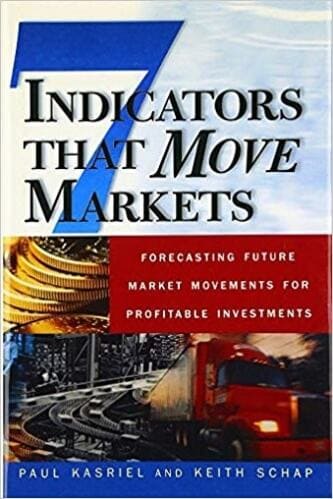
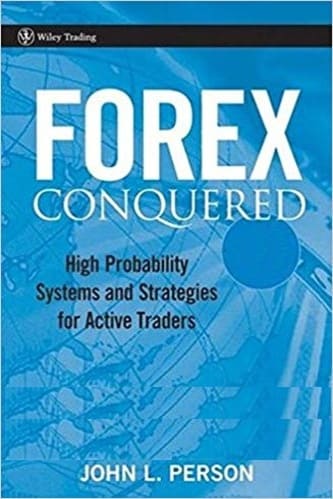
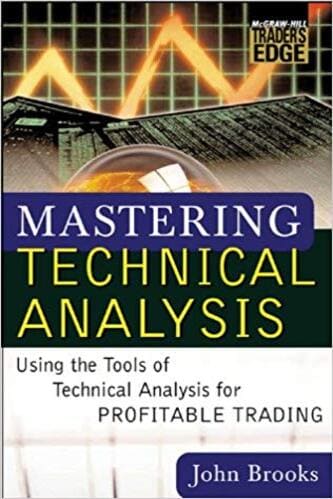
Callan Thornton (verified owner) –
In a world of trading books that waffle and repeat unsubstantiated prattle, this book is a breath of fresh air. I have found truly valuable insights here. Highly recommended.
Gracelynn Stevenson (verified owner) –
The book covers many interesting topics but there are too many. For example, on page 56, the text for figure4.5 is totally wrong. You can find many discrepancy between text and figures in this book. You either read the text or look at the chart, which may make some sense. Don’t try to look at both together. The charts are copied from other sources. Assumed the text is not copied. Anyway it’s not a fun to read this book. The good thing is the author does give the sources so you can read from sources.
April Fitzgerald (verified owner) –
Every one one us has limited bandwidth for analysis of data. We pick and choose a few ideas that seem to work for us, and then stick with them. That is often best, because good investors settle into investment methods that are consistent with their character. But every now and then it is good to open things up and try to see whether the investment methods can be improved.
For those that use market indicators, this is the sort of book that will make one say, “What if? What if I combine this market indicator with what I am doing now in my investing?” In most cases, the answer will be “Um, that doesn’t seem to fit.” But one good idea can pay for a book and then some. All investment strategies have weaknesses, but often the weaknesses of one method can be complemented by another. My favorite example is that as a value investor, I am almost always early. I buy and sell too soon, and leave profits on the table. Adding a momentum overlay can aid the value investor by delaying purchases of seemingly cheap stocks when the price is falling rapidly, and delaying sales of seemingly cheap stocks when the price is rising rapidly.
Looking outside your current circle of competence may yield some useful ideas, then. But how do you know where you might look if you’re not aware that there might be indicators that you have never heard of? Market Indicators delivers a bevy of indicators in the following areas:
* Options-derived (VIX, put/call)
* Volume and Price driven (Money flow, rate of change, 90% up/down days, and more)
* Where the fast money invests (money in bull vs bear funds, sector fund sizes, and more)
* Analyzing the likely motives of other classes of investors (margin balances, short interest, etc.)
* Price Momentum and Mean-Reversion
* Measuring asset classes and sectors using fundamental metrics (Fed model, sector weightings, Q-ratio, etc.)
* Investor sentiment surveys
* How to use analyst opinions, if at all?
* News reporting and reactions of stocks to news
* Odd bits of news (CEO behavior, little things that indicate a qualitative change in the life of a company)
* Insider buying and selling
* Commodity market data (COT, etc.)
* Bond market behavior (credit cycle, Fed moves, Credit Default Swaps, and more)
* Changes in the capital structure (M&A, equity/debt issuance, etc.)
* Monitoring the greats (13F filings)
No one can use all of these indicators. You can probably only use a fraction of these indicators. But being aware of how others view the market can widen your perspective, and help to reduce negative surprises on your part.
Quibbles
By its nature, since the book cuts across a wide number of areas in 216 short pages, you only get a taste of everything. I liked this book, but there is room for a second book in this area — one of additional indicators passed over (I have a bunch!), or going into greater depth on the indicators covered.
Who will benefit from this book?
You have to have a quantitative bent, at least to the level of being willing to go out and collect simple data in order to benefit here. Now, most serious investors do that, so I would say that serious investors can benefit from the “cook’s tour” of market indicators that this book gives, unless they are so serious that they know all of these indicators. (Like me.)
Peyton Hendricks (verified owner) –
This is a very helpful book for an individual investor. It provides descriptions and explanations of indicators that can help investors understand overall market and individual stock price direction. The indicators covered in the book are the type that you will see referenced by professional investment managers in financial articles or other media as supporting an investment outlook or forecast. As an individual investor, I’m interested in being able to know where to find and how to use indicators that professionals employ in their analysis.
The reasons I like the book are because it has:
* Information on where to find market indicators and information that professionals use to make decisions
* Explanations of how to use the indicators, often times using a narrative to give additional context around cause and effect
* Big-Picture Macro Indicators which pertain to the overall direction of the market
* Stock-specific indicators to look for when evaluating individual stocks
* Straight-forward, descriptive language and extensive use of charts and diagrams to illuminate complex topics and explain industry-specific jargon – easy to read and understand.
* Explanations of motivations behind actions of various market participants
* Lively presentation of the subject matter – wry humor, anecdotes and witty quotes.
* References or source locations for the market indicators at the end of each chapter and then in a glossary format at the end of the book, which is useful when coming back for later review.
Essentially, a wealth of information is presented in a well-organized, logical format. The book progresses from broad market indicators early to company-specific indicators to use when evaluating particular stocks. I wish I had come across a book like this long ago.
Dani Ingram (verified owner) –
It may be a useful book, but the title and summary imply way more substance. I’m sure there are plenty of books that do a better job.
Lance McGuire (verified owner) –
This book is horrible. Do not buy.
Tripp Patton (verified owner) –
Expertly written, copiously illustrated.
Lorelei Gentry (verified owner) –
informative
Haisley Murillo (verified owner) –
I like this book very much because it is well-organized and covers all the important indicators that the pros look at. The author has divided the book into 3 important sections: (1) The first section deals with volatility, big money, fast money etc. and discusses how all these actions affects price in the market, (2) the second deals with market sentiments, and finally (3) smart vs. dumb money and why it’s important to follow the smart money. I find this book to be extremely informative yet very readable. For me, the layout of the 3 sections helps serve as a base map for me to process the available information out there in a very organized way. It helps one to think “horizontally” across the investment market landscape and it helps me put other investment knowledge that I’ve picked up elsewhere in the proper location. Highly recommend.